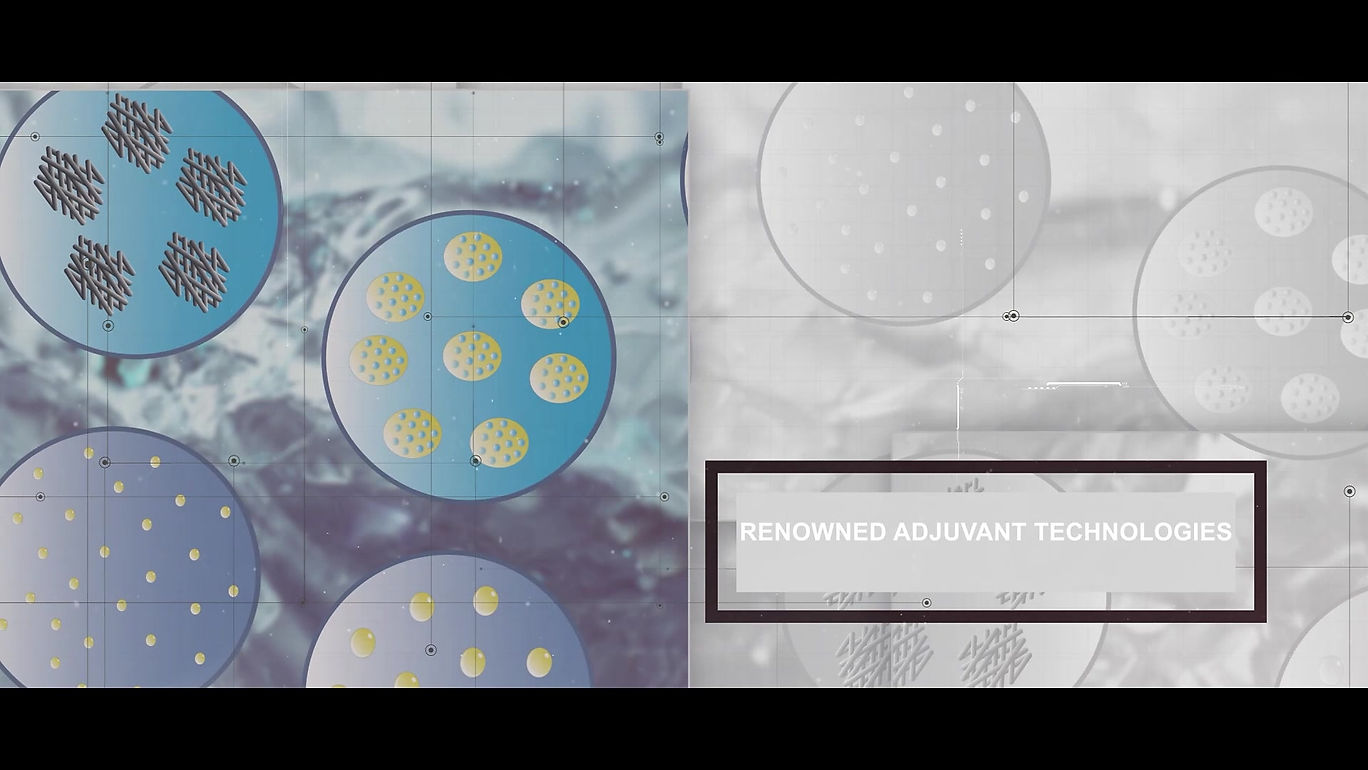Fish CRO Enhancing Aquatic Research and Conservation Efforts
Definition and Components of Fish CRO:
Fish CRO is a comprehensive approach that encompasses a range of techniques and methodologies aimed at studying fish populations and their habitats. It combines various tools such as underwater cameras, sonar technology, and hydroacoustic equipment to collect data on fish abundance, distribution, behavior, and ecological interactions. These data provide critical information for scientific studies, conservation programs, and fisheries management.
Assessing Fish Populations:
One of the primary objectives of Fish CRO is to accurately assess fish populations in different aquatic environments. By employing techniques like hydroacoustics, which use sound waves to detect and quantify fish, researchers can estimate population sizes, monitor changes over time, and identify potential threats. This information is crucial for understanding the health of fish stocks, implementing sustainable fishing practices, and assessing the impacts of human activities on aquatic ecosystems.
Studying Fish Behavior and Ecology:
Fish CRO allows scientists to gain insights into the behavior and ecology of various fish species. Underwater cameras equipped with advanced imaging technologies enable researchers to observe fish in their natural habitats, capturing their feeding patterns, migration routes, spawning behavior, and interactions with other species. This knowledge is essential for developing effective conservation strategies, identifying critical habitats, and understanding the ecological roles of different fish species.
Conservation Applications:
Fish CRO plays a vital role in conserving fish species and their habitats. The data collected through Fish CRO techniques aid in identifying endangered or threatened species, assessing their population trends, and designing targeted conservation measures. This information can contribute to the establishment of protected areas, the implementation of habitat restoration initiatives, and the development of sustainable fishing practices to ensure the long-term viability of fish populations.
Monitoring Environmental Impacts:
Fish CRO also serves as a powerful tool for monitoring the impacts of human activities and environmental changes on aquatic ecosystems. By regularly surveying fish populations, researchers can detect shifts in species composition, declines in population sizes, or changes in behavior that may be indicative of pollution, habitat degradation, or climate change effects. This early detection allows for prompt intervention and management strategies to mitigate the negative impacts and protect the overall ecosystem health.
Collaboration and Data Sharing:
Fish CRO promotes collaboration among scientists, researchers, and conservationists. Through data sharing platforms and collaborative initiatives, researchers can combine their findings from different regions, contributing to a broader understanding of fish populations worldwide. Such collaborations facilitate the development of standardized monitoring protocols, sharing of best practices, and the exchange of knowledge to address common challenges in aquatic research and conservation.
For More Info :-

Comments
Post a Comment